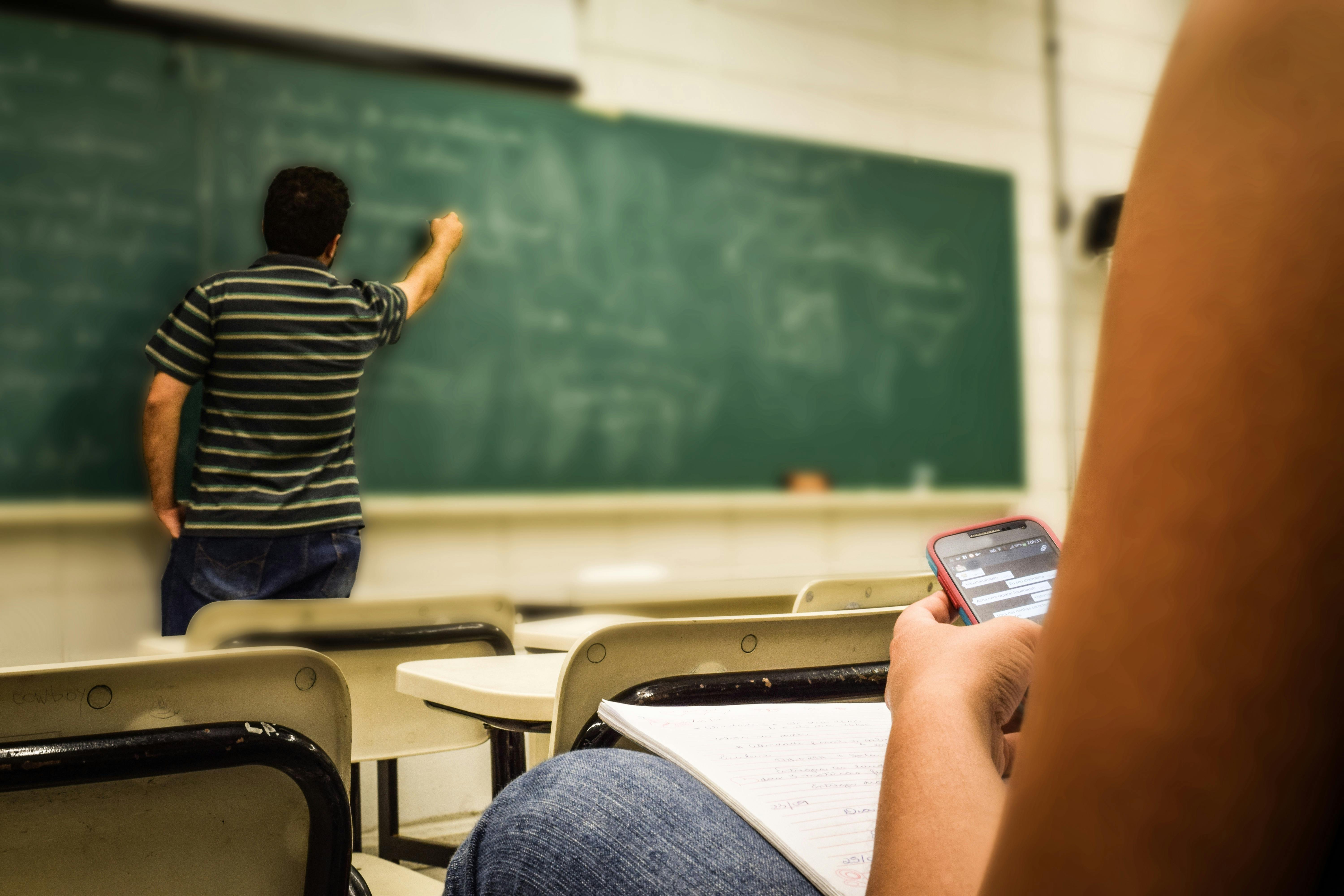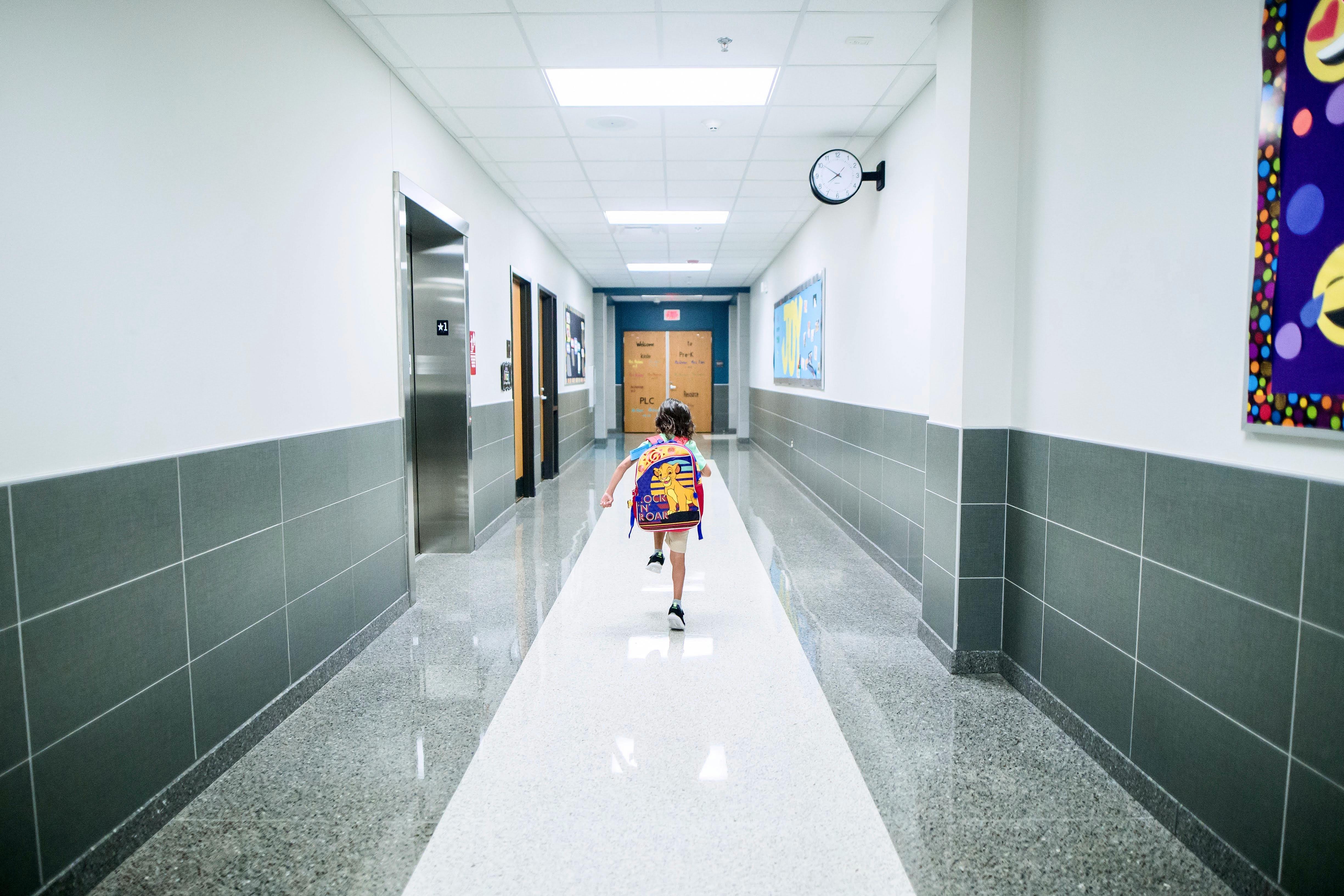Across the United States, more and more states are stepping in to limit how students can use their phones at school. Concerns about how smartphones affect mental health, social skills, and learning have been building for years. Now lawmakers are acting. By mid-2024, at least 31 states and Washington D.C. had rules in place that banned or restricted phone use during class. Fast-forward to 2025, and that number has jumped to 37 states. About half are going a step further and putting “bell-to-bell” bans in place. This means no phone use at all during the school day.
A Rare Case of Bipartisan Agreement

What is striking is that this movement is happening in both Republican-led and Democrat-led states. Florida kicked things off in 2023 with a statewide rule banning phones during class. Since then, the idea has spread quickly. By early 2025, more than 25 states had passed their own versions. Some are going even further by banning phones from the start of the day until the last bell rings. Nebraska recently joined the list with a full-day ban, and other states like Alabama, Arkansas, and Virginia have put similar laws in place or issued strong guidelines for schools to follow.
How Schools Are Enforcing the Rules

The way these rules are enforced can look very different from one school to another. Some teachers simply have students keep their phones in backpacks or lockers. Others use lockable pouches like Yondr cases that students carry all day but cannot open until the final bell. Teachers in schools that have already banned phones often say they have noticed a big difference in how focused and engaged students are. But making sure everyone follows the rules can be tricky, especially in larger schools or in places without extra staff to help monitor.
Recent Changes in Specific States

A lot of these changes are very recent. In April 2025, Alabama’s House passed a bill to ban phones for the whole school day. New York now has one of the toughest policies in the country, banning personal internet-connected devices all day starting September 2025. Texas brought in a similar law in June 2025 that requires phones to be switched off or stored away unless a student has a medical or learning-related need for them. These examples show just how quickly phone bans are going from local rules to full-scale state laws.
Why Mental Health Is a Big Part of the Push

The main reason behind these bans is not just about stopping students from texting in class. Many parents, teachers, and mental health experts are worried about how much time young people spend on their phones and the pressure of social media. Studies show that constant phone use can increase anxiety, lower attention spans, and make it harder for students to connect in person. In schools that have already banned phones, teachers often report better classroom behavior and more face-to-face conversations between students.
Not Everyone Agrees

Even with the growing support, not everyone thinks banning phones is the right answer. Some parents worry about not being able to contact their kids quickly in an emergency. Others point out that many students use their phones for schoolwork and research. That is why most state laws include exceptions for emergencies, medical needs, and certain learning plans. But critics also say that not all schools can afford the tools or extra staff needed to enforce these rules fairly.
The Gap Between Rules and Reality

While most public schools now ban phones during class, only about 30 percent fully ban them throughout the school day. This means there is still a gap between the idea of keeping classrooms phone-free and what actually happens in practice. State laws help close that gap by making sure all schools follow the same standards, but enforcement still depends heavily on the resources and support each district has.
What Happens Next

As more states put these rules in place, the big question is what the long-term effects will be. Lawmakers, educators, and parents will be watching closely to see if banning phones really boosts academic performance, reduces stress, and improves social skills. Many agree that the goal is not to remove technology entirely, but to make sure it is being used in a way that supports learning rather than distracts from it.
Banning Phones in Schools – a Final Thought

With 37 states now limiting or banning phones in schools, it is clear this is more than just a passing trend. Parents and teachers are pushing for changes, and lawmakers are responding. While there are still challenges around enforcement and fairness, the movement is gaining momentum. Whether the focus is on mental health, better learning, or simply fewer distractions, one thing is certain. The classroom is becoming a place where students are spending more time looking up from their screens and engaging with the world around them.
Read More: Lawsuit Filed Against School Board by Parents of 11-Year-Old Who Died by Suicide

